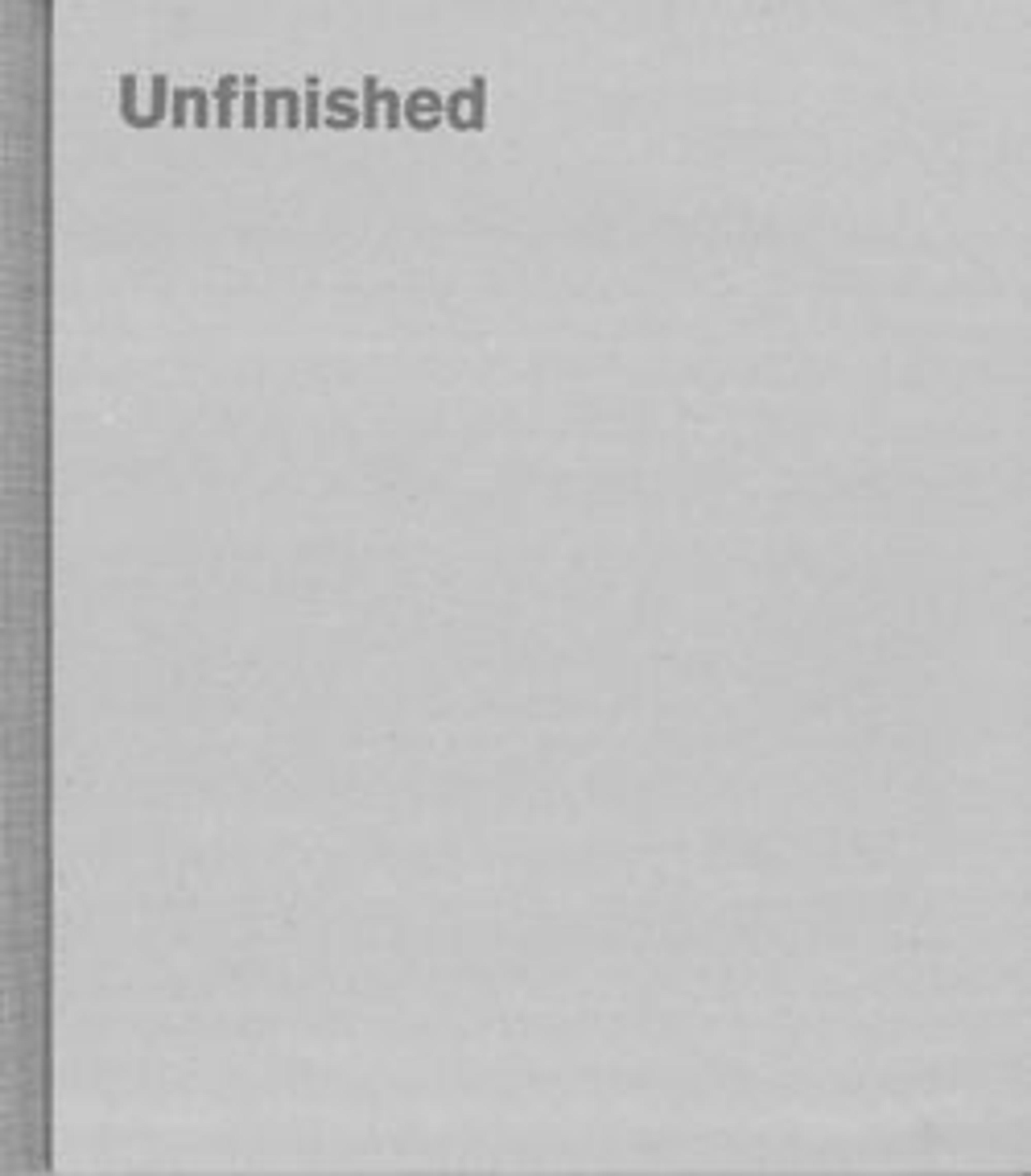St. Jerome Reading in an Italian Landscape
Rembrandt depicted Saint Jerome many times, here as a contented old man reading. The print reflects Rembrandt's great admiration for Venetian art, particularly in the landscape and buildings in the background, which were inspired by the work of Giulio (ca. 1482–after 1515) and Domenico (1500–1564) Campagnola.
The marked contrast between the briefly sketched saint and the more polished areas of the print creates an initial impression of unfinish. Rembrandt's sketch for the print shows that he originally intended to darken the saint and the foreground. In the end, however, he left them blank but for the outlines in order to create an effect of bright sunlight.
The marked contrast between the briefly sketched saint and the more polished areas of the print creates an initial impression of unfinish. Rembrandt's sketch for the print shows that he originally intended to darken the saint and the foreground. In the end, however, he left them blank but for the outlines in order to create an effect of bright sunlight.
Artwork Details
- Title:St. Jerome Reading in an Italian Landscape
- Artist:Rembrandt (Rembrandt van Rijn) (Dutch, Leiden 1606–1669 Amsterdam)
- Date:ca. 1653
- Medium:Etching, drypoint, and engraving on oatmeal paper; second state of two
- Dimensions:plate: 10 3/16 x 8 1/4 in. (25.9 x 21 cm)
- Classification:Prints
- Credit Line:Gift of Felix M. Warburg and his family, 1941
- Object Number:41.1.17
- Curatorial Department: Drawings and Prints
More Artwork
Research Resources
The Met provides unparalleled resources for research and welcomes an international community of students and scholars. The Met's Open Access API is where creators and researchers can connect to the The Met collection. Open Access data and public domain images are available for unrestricted commercial and noncommercial use without permission or fee.
To request images under copyright and other restrictions, please use this Image Request form.
Feedback
We continue to research and examine historical and cultural context for objects in The Met collection. If you have comments or questions about this object record, please contact us using the form below. The Museum looks forward to receiving your comments.
